So by now, you have probably heard about social media marketing and all the amazing benefits that you can reap that traditional advertising lacks. When Facebook ads first came out it was easy to get more traffic, more leads, and more purchases.
Yet you have probably noticed that the cost per conversion has been on the rise. As more people enter the space it becomes increasingly harder to compete for quick and easy conversions.
For the majority of business owners, we talk to they have become frustrated by social media marketing.
However, when we ask if they are remarketing they give us a blank stare.
I do not know about you, but I ignore almost all the ads I see. I have to be extremely motivated to stop viewing my french bulldog videos, visit a website, and take some action.
This is not just me, on average people need at least five touch points to take action.
However, businesses often get stuck thinking like a business and not like a customer.
On an initial ad, only a tiny percent of people will convert and take the desired action.
However, we are also gathering a gold mind of prospective customers who are interested in your product or service.
These people clicked on your ad, watched your video, interacted with your page, or took some other desired step to conversion but didn’t quite get all the way there.
No worries!
There could be tons of reasons why they didn’t convert. This might have been the first time hearing about you, perhaps they were scrolling through Facebook when their boss walked in, maybe the price point was a little out of their range for the product and service and all they need is a little discount.
With Facebook remarketing, we can target these people and continue to provide value, educate, offer new and enticing deals, and encourage them to interact with your company.
You have probably experienced remarketing before. You are shopping online, but do not make the purchase.
You open up Facebook and there are those nice shows you were just looking at you. It feels like fate.
When you remarket you will generally see lower cost per click, higher conversion rates, more social engagement and proof, and reach more people.
In the remainder of the guide, we will briefly introduce how to set up your website for Facebook ads, discuss good retargeting audiences, and implement a retargeting campaign end-to-end.
Check Your Website For Facebook Pixel
The Facebook pixel is a snippet of code that you put on your website. When visitors come to your website it activates this section of code and Facebook stores this information.
With the pixel, you can see who has been to your website or has visited certain pages.
The first step that you need to do is to make sure that you have a Facebook pixel installed.
If you are not sure if you have the pixel installed on your website, you can download this free chrome plugin.
After you install the plugin, navigate to your website. If the plugin lights up blue then you have the pixel properly installed. If it does not light up then we need to install it.
How to Install the Facebook Pixel
To install the Facebook pixel navigate to the Facebook business portal. There you will want to click the ads manager.
You will see a drop-down with the option “Pixels.” Click on pixels and we will begin to setup your first pixel.
Next, in the upper left-hand corner, you will click “Add Data Sources” and then “Facebook Pixel.”
After you will be taken to a page to where you will name your pixel as well as put in the website address.
The next page will give you three options to install the Facebook pixel. If you are technically savvy you can install the Facebook pixel manually, but we recommend that people use the tag manager.
After you click on the tag manager option you will see a display for various types of content management systems.
Click on the platform that you use and follow the rest of the instructions for your designated platform.
No matter if you are using WordPress, Wix, Shopify, etc it is as simple as a few clicks to install from here.
 Picking an Audience
Picking an Audience
Before we make an audience to retarget we first need to understand clear areas where people neglect to retarget.
These are the three clear areas where we think all businesses could improve their remarketing: visited a specific page, abandoned carts, and previous purchasers.
-
Visited a Specific Page
A lot of people retarget all website traffic. There is nothing wrong with this technique if you are a large company that gets a lot of traffic.
However, for the majority, you want to be more specific. If you check out your Google Analytics you will see that the majority of your traffic only visits your homepage.
People who click to different pages are more engaged with your business. If you are an e-commerce store you can target people who visited a certain product and remarket to them.
Our personal new favorite is combining Facebook retargeting with Google Ads.
When someone comes to our landing page from out Google Ads but does not convert we will specifically retarget them with free webinars about the service they are interested in or we will make them a more enticing offer or give a discount.
2. Abandoned Carts
Nearly 70% of people abandon their cart before the final step. Over 50% of people abandoned their cart due to add on prices, shipping, taxes, etc, making the order too expensive.
This is an excellent audience to retarget. You can offer free shipping, guaranteed returns for a certain time period, or offer same day discounts to bring people back to your store.
Although, you might be sacrificing some margin initially you know that getting people to frequently engage with your company increases the lifetime value of a customer.
3. Previous Purchasers
This is a group that I think is often neglected and incredibly undervalued. It costs five times as much to attract a new client than to keep an existing one. While increasing retention by only 5% can increase revenue by 25% to 95%.
So it is always a little insane to me when I hear that companies are not marketing to customers that have already purchased from them.
This group of people already has engaged with your product and showing them the new products or services you offer is an easy sell.
Create an Audience
From the three audiences we defined above we are going to use the first example, a person visited a certain page, as our example of how to set up a remarketing campaign.
The first thing that you need to do is create your audience. You do this by clicking into the business manager portal and going to audiences.
You will be taken to a new page where you can create a custom audience.
Click on “Create Audience” and then click “Custom Audience” and a new popup will appear.
From the popup, there are several ways that you can make a custom audience, but for our case, we will be using website traffic since we will be targeting people who have visited a certain page.
Now we will go to the dropdown and click “People who visited specific web pages” as our target audience.
From there we will put in the specific page that you want to target. Technically you only need to put the words that are contained in the URL.
For example, if your URL is www.example.com/running-shoes and you just put in /running-shoes then it should register.
We have had problems with this in the past, so we advise that you put the whole URL without the HTTP or HTTPS part that precedes the URL.
Now click “Create Audience” and we will have out custom audience that we can start targeting.
Start Retargeting Campaign
The ads that you use for evergreen visitors and people who have visited a specific page should be completely different.
If you are an e-commerce website and you are targeting multiple pages you might want to use Facebook Dynamic Retargeting ads.
For our case, we just are targeting one page so we will only need one offer. So navigate to your dashboard and click the green create a button in the top left corner
Now we need to determine our campaign objective. For the majority of cases, we want to start with conversions on retargeting campaigns.
There are a few cases where someone might need to come to your website multiple times before making a purchase and your initial retargeting campaign might just want to drive traffic back to your website.
We will pick conversions as our campaign objective. This objective is to get users to take the desired action.
In our case we want people to give us their contact information for an initial phone call.
For others, it will most likely be purchasing.
Then we will name our campaign. The way we setup our ads manager is we only have one retargeting campaign per business and retarget various audiences at the ad set level.
You can name your campaign whatever you like, but we encourage people to name it something intuitive so maintaining is easy and fast in the future.
Since we are doing conversions as our campaign objective we need to make sure that our website is setup properly to track the new leads so we can best track our cost per conversion and ROI on ad spend.
To make sure your website is optimized read this guide on lead conversion tracking.
Create Retargeting Adset
After we create the campaign we will setup the ad set for the specific audience we would like to target.
The first part is to make sure that we are picking the correct conversion as we described above.
For our ad set we will choose lead as the conversion event.
Now that we have our conversion event set we will set our audience to the custom audience we just created.
Go to “Custom Audience” and then again on the drop click “Custom Audience” and pick the new audience that you just created.
Depending on your retargeting campaign you might also want to exclude people.
For example, for us, we might want to include people who visited the landing page but exclude people who made it to the thank you page (they converted already).
Now that is it for your audience. You will want to ignore the section on narrowing your audience unless you have a specific reason why you would only want to target a more narrow niche in your retargeting audience.
You might feel the urge to exclude people who normally might not fit your normal target audience, but in the retargeting campaign, there might be a reason that someone made it to a specific page.
For example, our target range is normally 35+ however we recently had someone contact us who was in their mid-20s who was assigned with a specific task of finding a marketing and development team.
We contacted us through our retargeting campaign and we might have lost that lead if we narrowed.
The next part is picking ad placement. In my opinion, unless you have a sizeable ad spend and your goal is impressions, conversions rarely come from placements outside the feed.
Although, recently we have enjoyed Instagram stories and messenger conversion we still stick to the feeds for normal-sized budgets.
So, deselect everything but Instagram and Facebook feed.
The final part is selecting your budget. You will want to start your budget at 5-20 dollars a day depending on the amount of retargeting campaigns you are running
Before you scale your Facebook ads you want to make sure they are properly converting.
Once they start converting you want to slowly increase your ad spend over a period of a few days as a stark increase in the budget can actually destroy your ad.
We will be starting with $20 dollars a day.
Create a Retargeting Ad
We are in the final section now. All we need to do is make our ad for the retargeting campaign.
There are several ways to make an engaging and shareable ad, but we will quickly talk about the newest way to run ads that get better conversions.
When you are running ads especially ones that can be used on multiple people you want to make sure that you are using the same ad. This helps to develop social proof on your ad.
We ran all of our retargeting campaigns on one add and the social proof really added up.
This ended up being our best converting ad. Instead of splitting the engagement on multiple ads we made sure all ad sets went to one ad.
There are two ways you can do this. You can pick an existing post on your feed if it is something you do not mind having on your feed or you can create an ad.
However, if you create an ad you need to make sure you copy the post id so that all the adsets point to it.
The first click uses an existing post.
Then you will want to either pick a page post if your ad is a post on your Facebook page or you will want to put in the ad id if you are running everything to one ad.
Conclusion
We hope that you now understand the basic principles behind Facebook remarketing, why you need to be doing it, and how to setup your own retargeting campaign!
Here are the Handpicked article that you must read.


























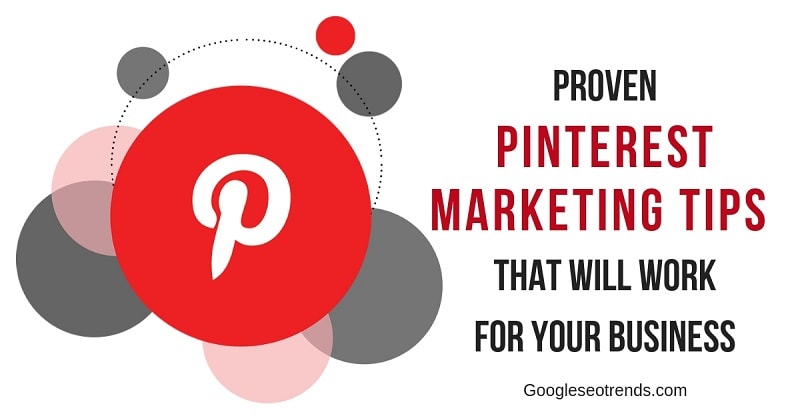

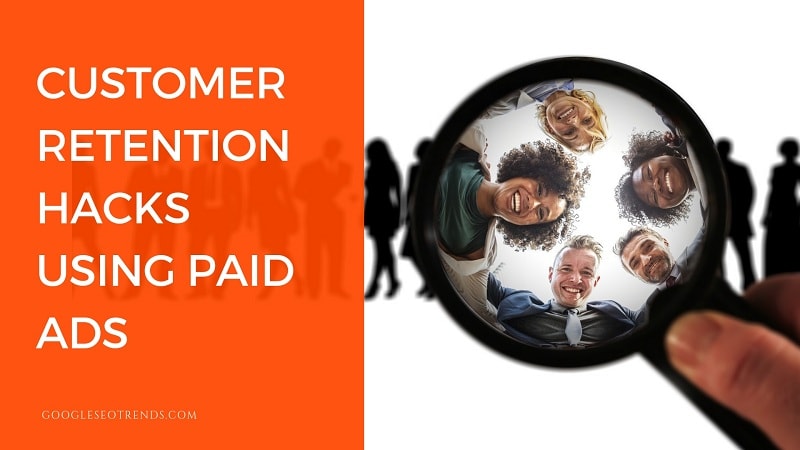

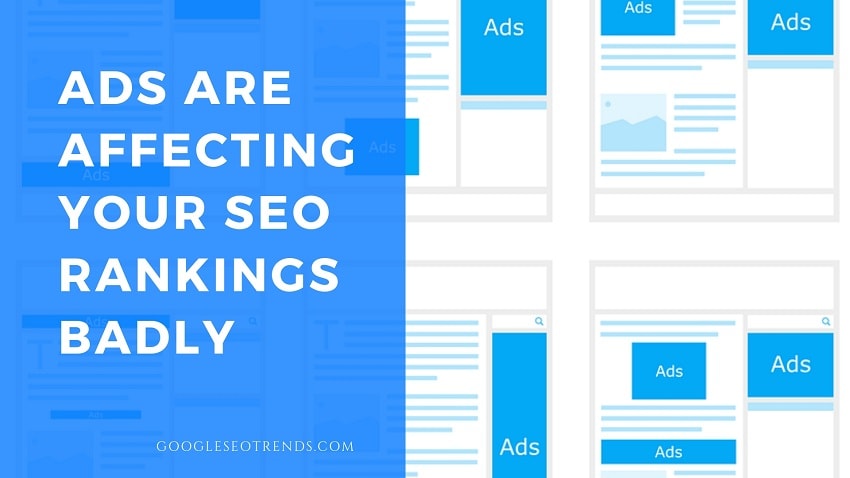
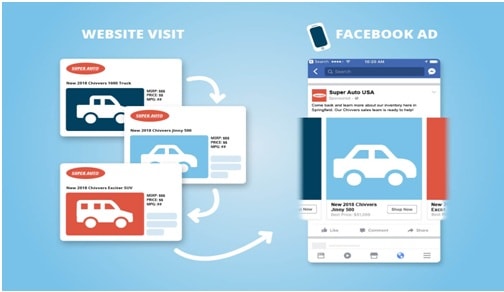

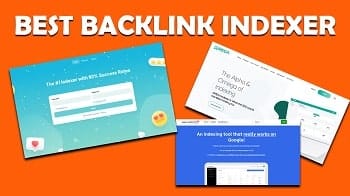

Comments